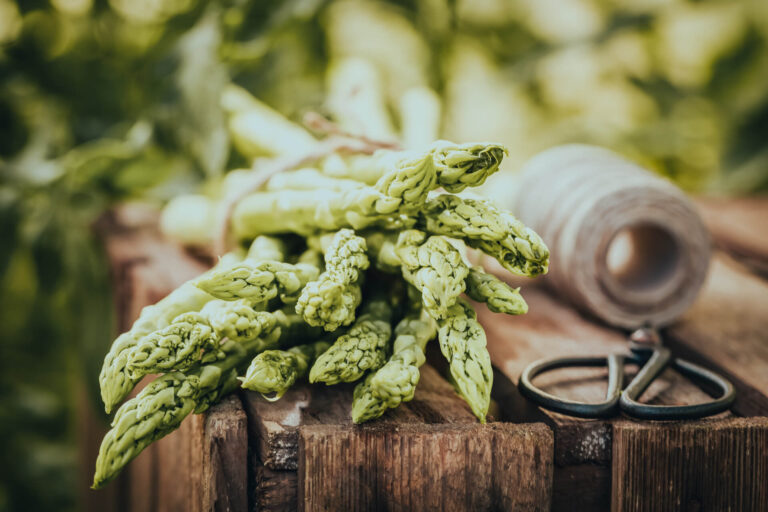How to Grow and Harvest Blueberries: A Complete Guide
- OSF Orto

History
It was Native Americans who gathered blueberries from forests and bogs for centuries, consumed them fresh, and preserved them. It was the blueberries that were revered by Native American tribes in the northeast that led to folklore developing around them.
During the 1700s, European settlers began cultivating blueberries commercially, and by the early 1900s, they were a popular fruit in the United States. A commercial blueberry farm was established in New Jersey in 1916.

Fun Facts About Blueberries
The blossom end of blueberries is shaped like a five-pointed star, which caused indigenous people to call them “star fruits.”


Health Benefits
A variety of minerals, vitamins, and antioxidants can be found in blueberries, which can offer numerous health benefits. The vitamin K in blueberries, for example, plays a key role in maintaining heart health. Vitamin K is also essential for blood clotting and bone health.
People with metabolic syndrome can benefit from consuming blueberries regularly in order to lower their blood pressure and protect their cardiovascular systems.

When to Plant Blueberries
The best time to plant blueberries is in the fall or early spring when the weather is cool and moist. Plant blueberries in the early spring, preferably in March or April, when the soil has warmed up enough and the risk of frost has passed. It is best to grow blueberries at 60 and 80° F (15°C and 27°C).
For blueberries to grow successfully, the soil should be well-drained, rich in organic matter, and able to hold a lot of water. Generally, blueberries should be planted 48 to 72 inches (122cm to 183 cm) apart in rows that are 96 to 120 inches (244 cm to 309 cm) apart.


Harvesting
The harvest of blueberries typically begins in late June or early July and continues through August, depending on the variety and growth conditions. When a blueberry bush reaches maturity, it takes about 10 years, but its lifespan is very long. There will be a wait of two or three years before you have large harvests, but the wait is worth it.

Companion Plants for Blueberries
The best companion plants to grow with blueberries are azaleas, lilacs, pine, yew, and dogwood.


Summary
Blueberries are a popular fruit in the United States, with a commercial blueberry farm established in 1916. Native Americans gathered blueberries from forests and bogs for centuries, leading to folklore. European settlers began cultivating blueberries commercially in the 1700s, and by the early 1900s, they were a popular fruit in the US. The blossom end of blueberries is shaped like a five-pointed star, which caused indigenous people to call them “star fruits”. Blueberries have numerous health benefits, such as vitamin K, which helps maintain heart health and blood clotting and bone health.
Planting blueberries is best done in the fall or early spring when the weather is cool and moist. Harvesting begins in late June or early July and continues through August. Companion plants for blueberries include azaleas, lilacs, pine, yew, and dogwood.








